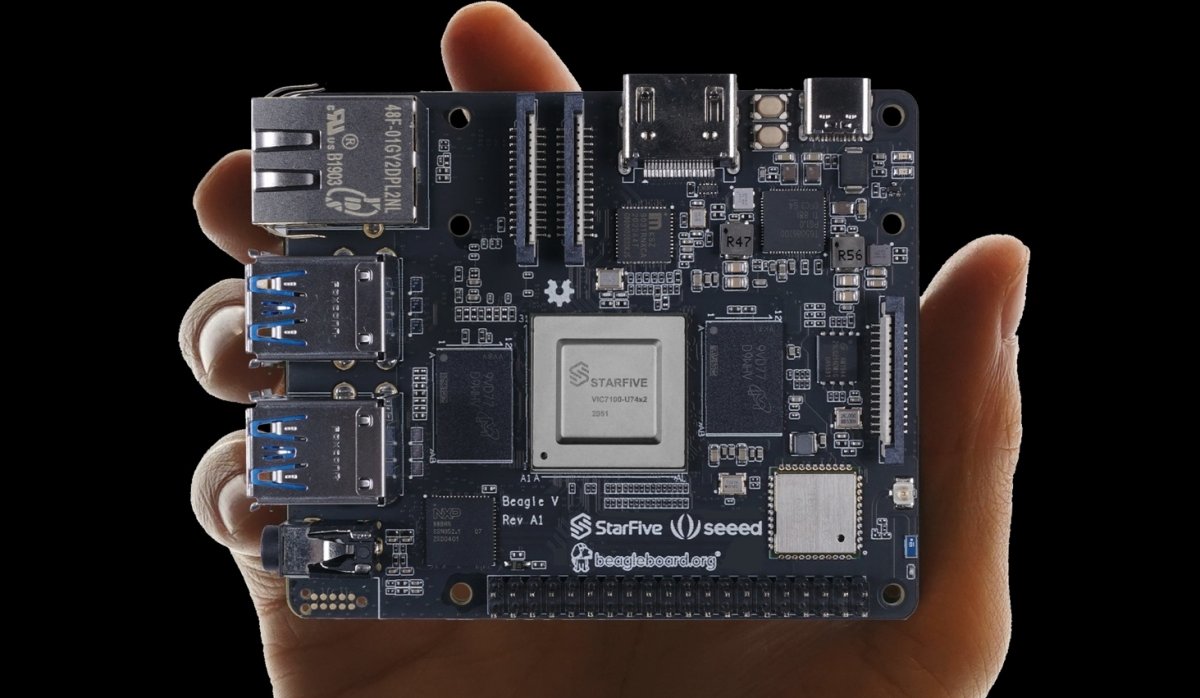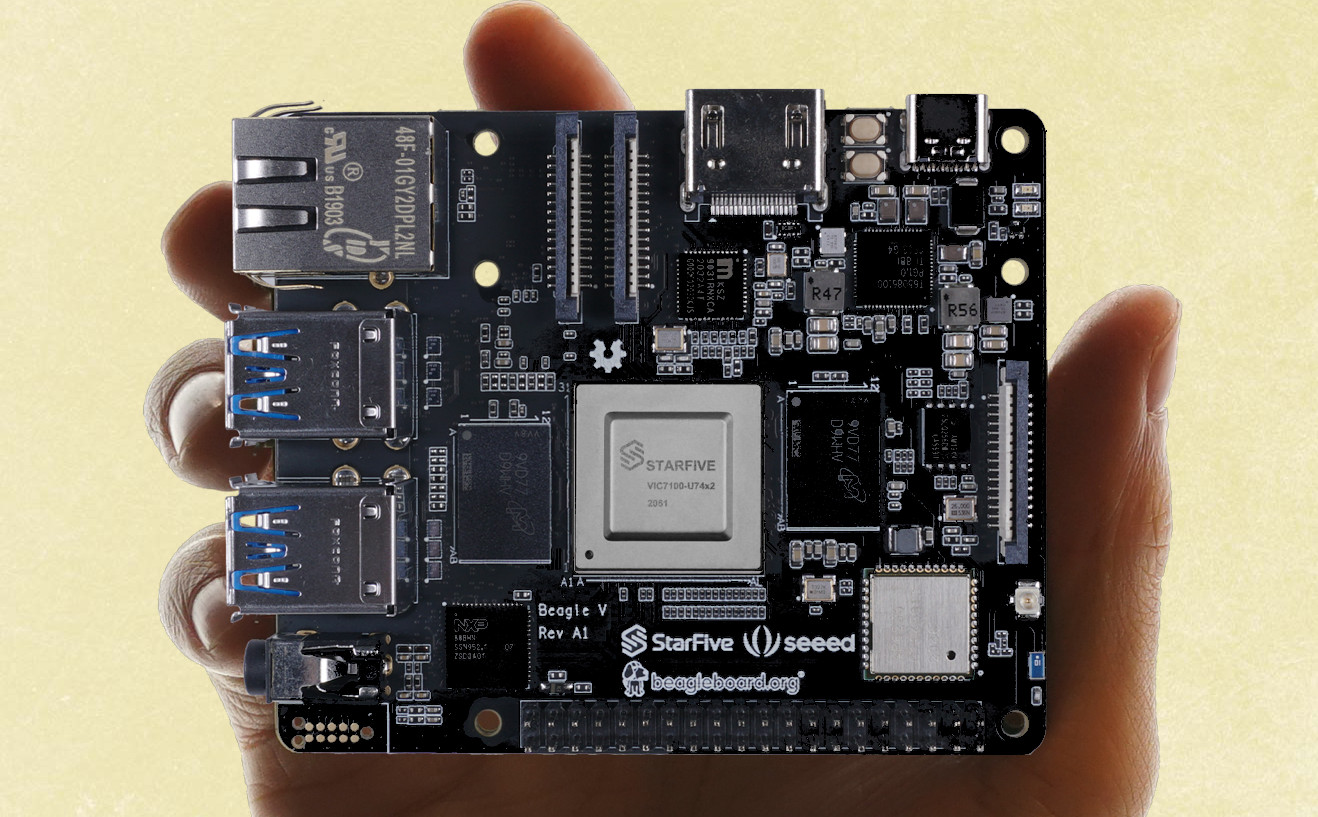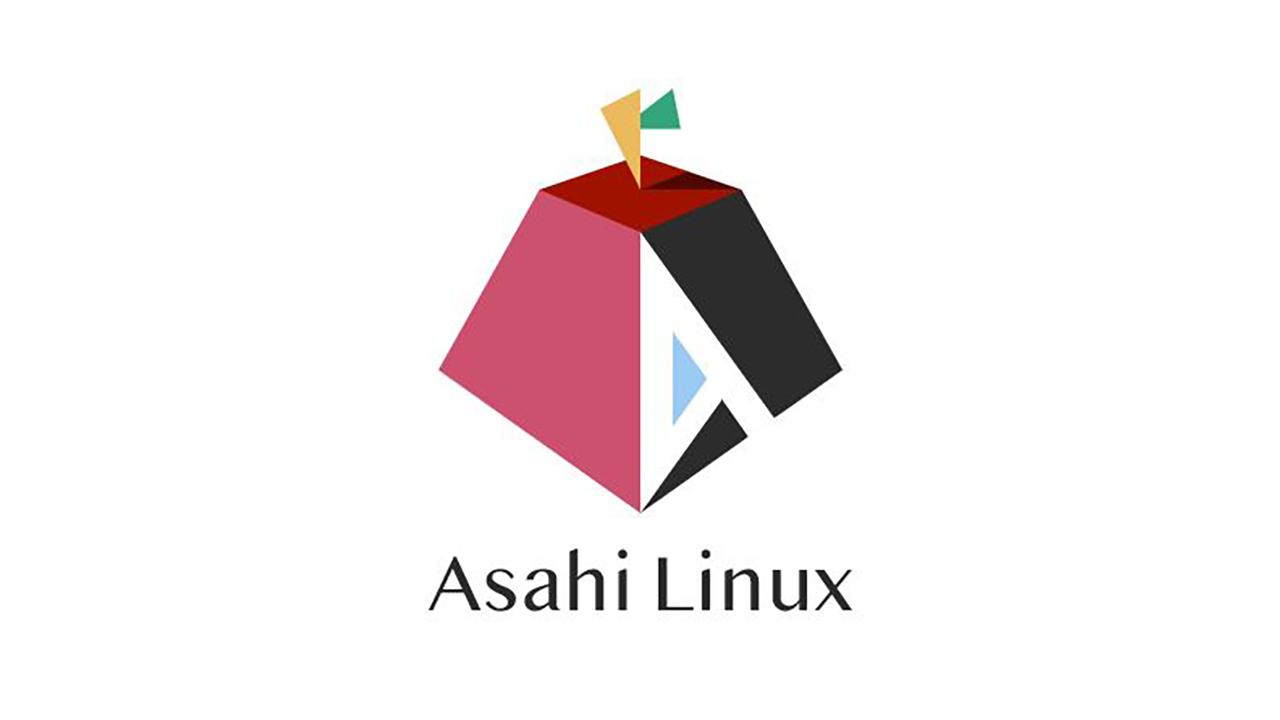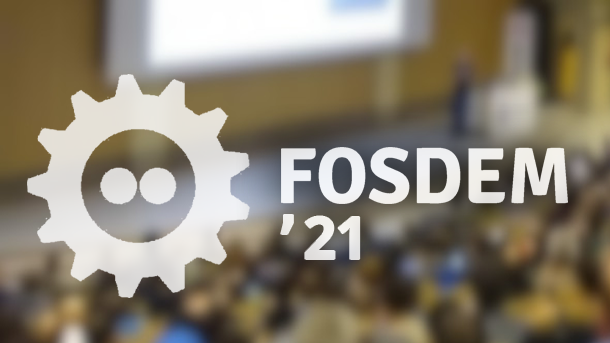As announced, the Eclipse Foundation has moved its legal headquarters to Europe. To this end, it founded the Eclipse Foundation AISBL (Association internationale sans but lucratif), which is known in German as an international non-profit association (IVoG), a legal form used in Belgium for non-profit organizations. Now the foundation has completed all the formalities for the move.
The managing director of the Eclipse Foundation Mike Milinkovich describes in a blog post that since May 2020 Planned move as a labor-intensive process. The first step has been taken with the official establishment of the AISBL, but further tasks await the members and those who contribute to the open source projects.
Strong in Europe According to Milinkovich, the Eclipse Foundation is the largest open source foundation in Europe in terms of employees, projects, developers and members. Total 170 members and over 900 Contributors come from European countries.
Europe has traditionally been a strong region for the Eclipse Foundation.
(Image: Eclipse Foundation)
Numerous large European and specifically German companies are founding members of the Eclipse Foundation AISBL, including Bosch, Daimler TSS and SAP. In addition, the European Commission considers Milinkovich’s open source initiatives to be strategically important for digital and industrial transformation.
Since the beginning, the Eclipse Foundation has been based in North America, despite its many European members. At the time of the announcement of the move, there was talk of 18 percent. The changes in the events for the community were gradual: the European EclipseCon overtook its formerly big US sister over the years. The latter eventually disappeared from the scene, while the EclipseCon still exists.
From the line of fire of the trade war The European establishment has the advantage for the Eclipse Foundation that it is not under direct US influence. This puts it outside the firing line of the trade war between the USA and China that has escalated in recent years. The members of the foundation include the Chinese company Huawei, which is the focus of the dispute. The move to Europe will secure the multi-faceted growth of the Eclipse Foundation in the long term, which, according to Milinkovich, last year 60 have joined new members.
The move of the Foundation’s corporate governance to Europe entails some organizational and legal changes. The European legal entity will now take control of the names, trademarks and brands. In future, membership fees will also be billed in euros.
However, this does not mean that the Eclipse Foundation is withdrawing from the USA. The Eclipse Foundation Inc. in the US state of Delaware remains in existence under the legal guidelines there. The move also does not affect the daily work that should be distributed across the Canadian and European branches.
For those who work on Eclipse projects, little should change initially. In the FAQ on the move, it says “The short version is: Continue as before. In the short term, it will remain business as usual for commiters and contributors of Eclipse projects.” However, as part of the move, the Foundation set up resources for development with GitLab in Europe, and according to the FAQ, those responsible are welcome to migrate their projects to it at any time.
(Image: Eclipse Foundation)
The Eclipse Foundation was founded 2001 and was previously headquartered in Ottawa, Canada. The history goes back three years further: 900 IBM started together with a consortium of software providers such as Red Hat, SuSE and Borland the Eclipse IT project.
The foundation, which welcomes both companies and individuals, was created with the aim of creating a vendor-independent community. The projects are publicly available under the Eclipse Public License
One of the well-known projects is the Eclipse IDE. In the last few years there has been a strong increase in the enterprise Java environment. The Java EE successor Jakarta EE is under the umbrella of the foundation, and Eclipse MicroProfile is primarily aimed at the development of microservices. The OSGi Alliance recently handed over its work to the Foundation. In addition, the Foundation is traditionally well positioned in the Internet of Things (IoT) sector.
Overall, there are currently 18 Working groups for the individual areas.
More details about the move can be found in the Eclipse blog and the FAQ as well as a presentation on the Eclipse Foundation AISBL in PDF format. In addition, the Foundation has published a white paper on digital transformation in Europe through global open source collaboration.
(rme)














